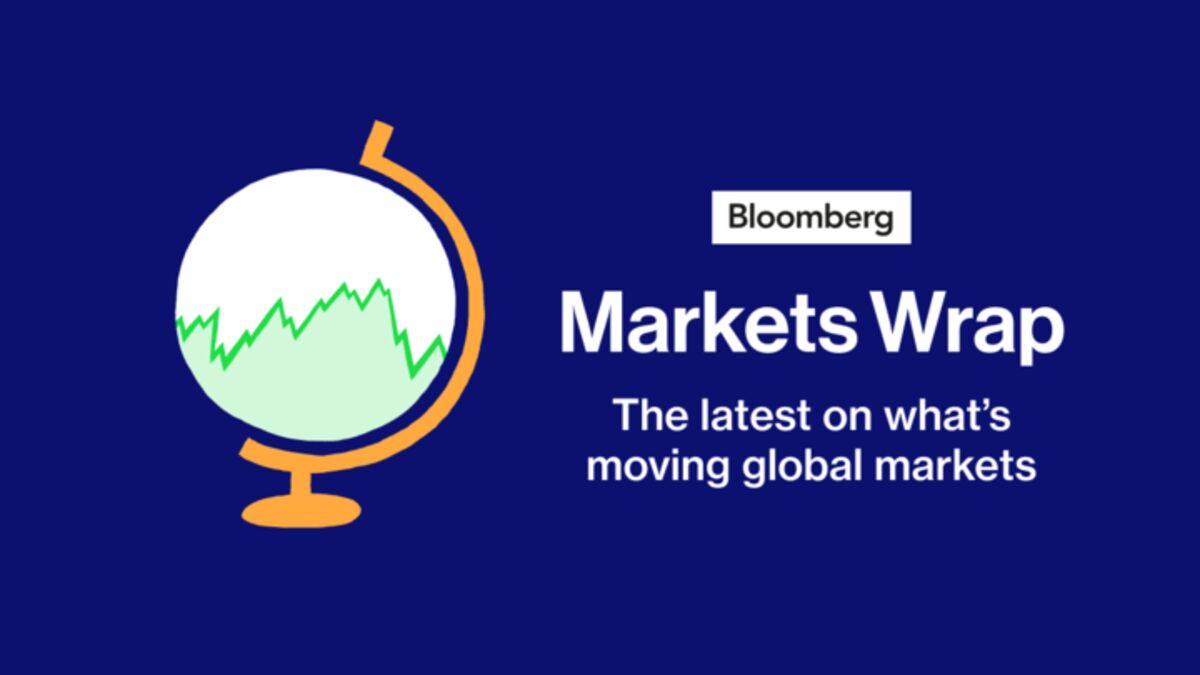Inflation Data Release Sparks Market Reaction

Introduction
Stock futures were higher on Friday, signaling a positive start to the day for the stock market. This comes after the release of crucial inflation data, which investors have been eagerly anticipating. The stock market has been on edge in recent weeks due to concerns over rising inflation and the potential impact on the economy. As such, this latest data release is being closely monitored by investors and analysts alike.
Key Details
The key inflation report, released by the Bureau of Labor Statistics, showed that the consumer price index (CPI) rose 0.6% in May, slightly higher than the expected 0.4%. This is the largest increase in over a decade and has caused some concern among investors. The rise in inflation has been fueled by a surge in consumer demand as the economy reopens and supply chain disruptions continue to cause shortages and price increases. This has led to fears of a potential overheating of the economy and a possible increase in interest rates by the Federal Reserve.
Impact
The stock market has been highly sensitive to any news related to inflation, and this latest data release is no exception. The slight increase in inflation has caused some volatility in the market, with investors closely watching how the rest of the day will unfold. Some analysts are noting that this increase in inflation may be temporary and could level off in the coming months. However, others
About the Organizations Mentioned
Bureau of Labor Statistics
The **Bureau of Labor Statistics (BLS)** is a pivotal federal agency within the United States Department of Labor, serving as the primary source for labor market and economic data. Established to provide unbiased, timely, and accurate information, the BLS plays a crucial role in shaping economic policies and business decisions. ## What Does the BLS Do? The BLS collects, analyzes, and publishes data on employment, unemployment, wages, inflation, productivity, and working conditions. Key reports include the **Employment Situation** (monthly jobs report), **U.S. Consumer Price Index (CPI)**, **U.S. Producer Price Index (PPI)**, and **Job Openings and Labor Turnover Survey (JOLTS)**. These reports are essential for policymakers, businesses, and the public, influencing decisions such as interest rates and wage negotiations[2][3]. ## History and Key Achievements The BLS was founded with the mission to provide "the fearless publication of the facts," a principle that guides its operations to this day. Over the years, it has expanded its scope to include a wide range of economic indicators, making significant contributions to understanding the U.S. economy. Notably, the BLS has been instrumental in defining and computing the unemployment rate, a key macroeconomic metric[5]. ## Current Status Today, the BLS continues to operate independently within the Department of Labor, maintaining its commitment to impartiality and high-quality data. It serves as a critical resource for researchers, policymakers, and businesses, providing insights into labor market trends and economic conditions[3][4]. ## Notable Aspects - **Independence and Objectivity**: The BLS is known for its independence in data collection and reporting, ensuring that its findings are free from political influence[1][3]. - **Data Impact**: BLS data impacts various sectors, including cost-of-living adjustments for Social Security recipients and business hiring strategies[2]. - **Publications and Resources
Federal Reserve
## Overview and Mission The Federal Reserve, often called the "Fed," is the central bank of the United States, established by Congress in 1913 to provide the nation with a safer, more flexible, and stable monetary and financial system[1]. Its mission centers on a dual mandate from Congress: to promote maximum employment and maintain price stability, ensuring the dollar retains its value over time[1]. The Fed operates through a unique hybrid structure, combining a national Board of Governors in Washington, D.C., with 12 independent regional Reserve Banks, including institutions like the Cleveland Fed[1]. This decentralized setup allows the Fed to closely monitor economic conditions across diverse regions, industries, and communities, while maintaining independence from short-term political influences[1]. ## Key Functions The Fed’s responsibilities are broad and vital to the U.S. economy. It conducts monetary policy—primarily by influencing interest rates—to achieve its employment and inflation goals[2]. The Fed also supervises and regulates banks to ensure the safety and soundness of the financial system, works to minimize systemic risks, and fosters efficient payment and settlement systems[2]. Additionally, it promotes consumer protection and community development, addressing emerging issues through research, supervision, and enforcement of consumer laws[2]. ## History and Evolution The Federal Reserve is the third central bank in U.S. history, following two failed attempts in the 19th century[1]. Its creation was a response to the financial turbulence of the early 20th century, aiming to prevent crises and stabilize the economy. Over time, the Fed has evolved, adopting more transparent and inclusive policymaking processes. For example, it now conducts regular reviews of its monetary policy framework, engaging with academics, businesses, and the public to refine its strategies and communications[3][5]. ## Recent Developments and Achievements In 2025, the Fed completed its second major review of its monetary policy strategy, tools, and communications, reaffirming its commitment to transparenc














